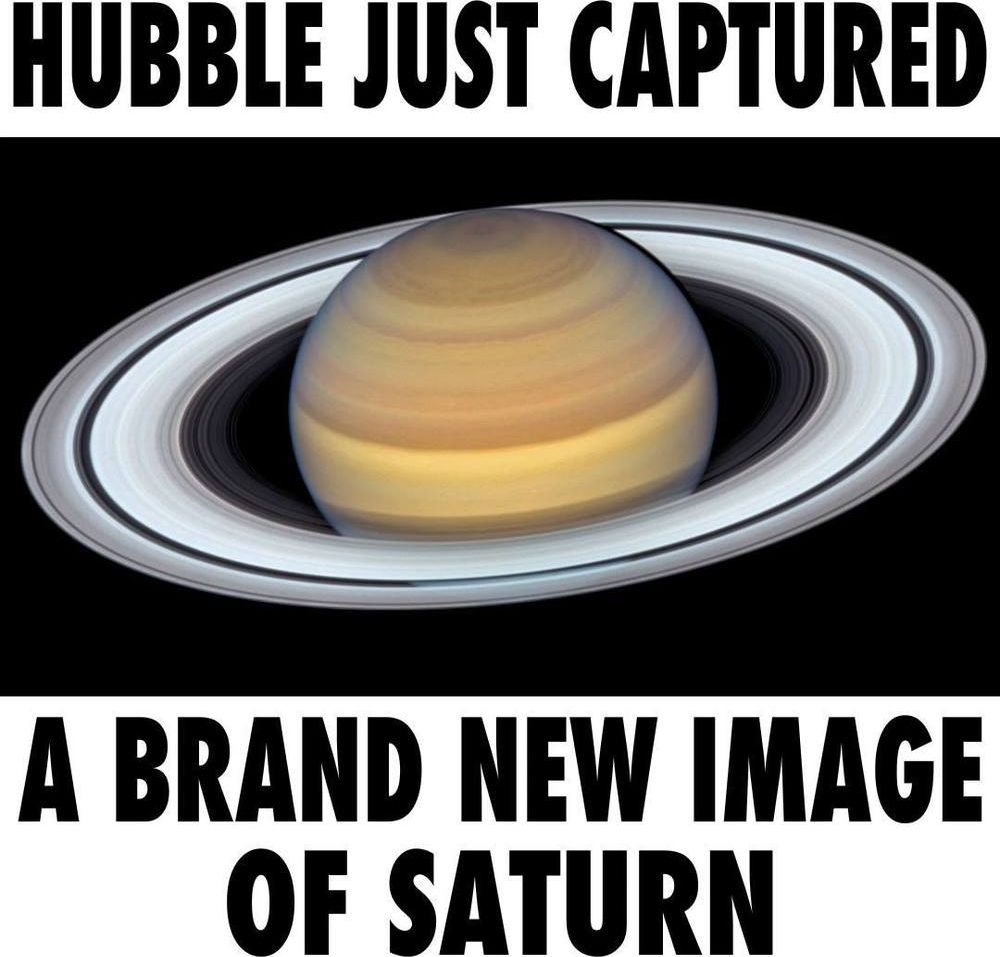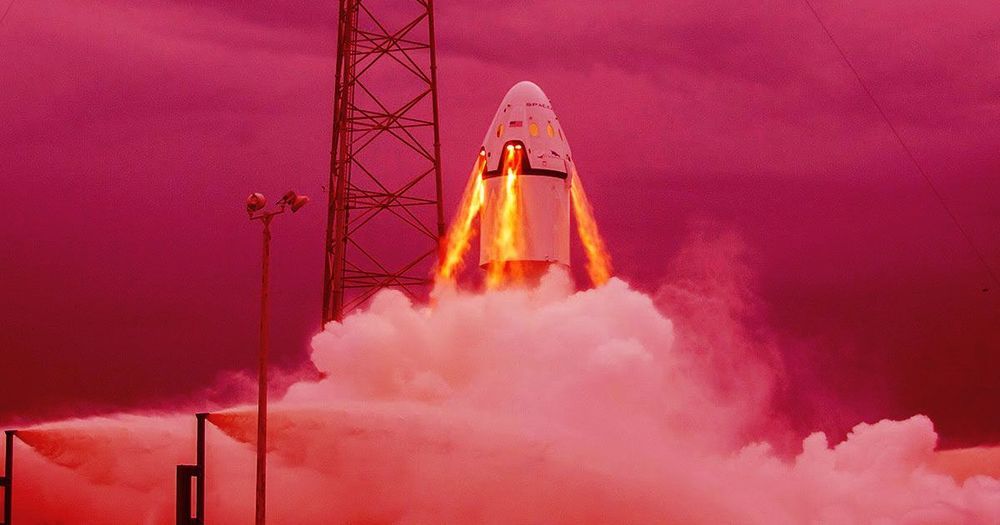Archive for the ‘space travel’ category: Page 338
Sep 15, 2019
Application filed by St. Clair John Quincy
Posted by Quinn Sena in categories: cosmology, space travel
This invention relates to a spacecraft propulsion system utilizing thrusters comprised of a motor-driven electrostatically charged cylinder rotating within an electrostatically charged annular ring for the purpose of creating a spacetime curvature stress-energy tension in the horizontal direction. The thrusters are augmented by magnetic vortex generators, either embedded in the cylinders or located above each thruster, for the purpose of increasing the permittivity of space by permeating each thruster with low density hyperspace energy generated by a wormhole created between our space and hyperspace. A combination of three thrusters mounted on the underside of the hull of the spacecraft provide thrust and yaw motion control.
Sep 15, 2019
The Comet: Humanity’s Ongoing Journey as a Spacefaring Species
Posted by B.J. Murphy in categories: entertainment, space travel
Launched into space in 2004, Rosetta embarked on a 10-year journey through the cosmos. By 2014, the spacecraft reached its destination, made orbit, and successfully landed its lander module Philae.
A short film cataloging the Rosetta mission to comet 67P, providing a visual spectacle of its landing on the comet’s surface.

Saturn is so beautiful that astronomers cannot resist using Hubble to take yearly snapshots of the ringed world when it is at its closest distance to Earth.
These images, however, are more than just beauty shots. They reveal a planet with a turbulent, dynamic atmosphere. This year’s Hubble offering, for example, shows that a large storm visible in the 2018 Hubble image in the north polar region has vanished. Smaller storms pop into view like popcorn kernels popping in a microwave oven before disappearing just as quickly. Even the planet’s banded structure reveals subtle changes in color.
But the latest image shows plenty that hasn’t changed. The mysterious six-sided pattern, called the “hexagon,” still exists on the north pole. Caused by a high-speed jet stream, the hexagon was first discovered in 1981 by NASA’s Voyager 1 spacecraft.
Sep 14, 2019
New cinematic trailer for Occupy Mars simulation game released
Posted by Klaus Baldauf in categories: entertainment, food, space travel

The Martian frontier is yours in Occupy Mars — the upcoming (as of today: Coming soon) highly technical open world simulation game about Mars colonization from Polish indie game developer Pyramid Games. In the game you will be able to “build and upgrade your base, discover new amazing regions, conduct mining operations, retrieve water and generate oxygen, grow crops, fix broken parts, learn how to survive on Mars!”
Here is the newest cinematic trailer of the game and beautiful HD images from it. Note the SpaceX’s Starman style spacesuit and ITS v2016 Starship.
Sep 14, 2019
NASA Nabs Emmy Nominations for SpaceX Launch, Mars Landing
Posted by Genevieve Klien in category: space travel
NASA coverage of SpaceX’s Crew Dragon test flight and the InSight landing on Mars have nabbed two Emmy nominations for 2019.
Sep 14, 2019
Ahead of SpaceX moon mission, billionaire Yusaku Maezawa sells a $2.3 billion stake in his fashion company to Yahoo Japan
Posted by Genevieve Klien in category: space travel
Yusaku Maezawa, a key investor in SpaceX’s next-generation rocket system, called Starship, plans to sell a 30% stake in his online fashion-retail company, Zozo, to Yahoo Japan.
As part of the $3.7 billion tender offer, Maezawa will resign as CEO of Zozo, receive about $2.3 billion in cash, and maintain a 6% stake in the company he founded, according to Forbes.

Maezawa spoke about the deal during an emotional two-hour-long press conference on Thursday. Although he raised misgivings about how he managed the company in recent years, saying he regretted mistakes that hurt the company’s bottom line, Forbes reported that he rationalized his departure in another and far more personal way: a need to prepare for his 2023 flight around the moon inside Starship.
Sep 13, 2019
Scientists Fact Check Natural Disasters In Movies | Vanity Fair
Posted by Derick Lee in categories: business, climatology, entertainment, space travel

Environmental scientists Morgan Page, Michael Angove and Peter Gleick review the scientific validity of scenes from “San Andres,” “2012,” “The Day After Tomorrow,” “Volcano,” “Twister,” “Geostorm,” “The Core,” “Interstellar,” “Sharknado,” “The Perfect Storm,” “Pompeii,” “Noah,” “The Impossible,” “The Happening,” “Hard Rain,” and “Into the Storm”.
Environmental Experts:
Michael Angove — Tsunami Program Manager, NOAA
Dr. Morgan Page — Geophysicist, USGS
Peter Gleick — Hydrologist & Climatologist, Pacific Institute (www.gleick.com)
Tornado Safety info: https://www.weather.gov/safety/tornado
Tsunami Safety info: https://www.weather.gov/safety/tsunami
California Tsunami Safety info: https://www.tsunamizone.org
More about the UN/IOC Tsunami Program here: http://www.ioc-tsunami.org
The Pacific Institute: www.pacinst.com
Can my boat outrun a tsunami?
https://www.conservation.ca.gov/cgs/Documents/Tsunami/Can-my…sunami.pdf
NOAA’s influence on Twister: https://www.noaa.gov/stories/noaa-tornado-scientists-inspire…-years-ago
Still haven’t subscribed to Vanity Fair on YouTube? ►► http://bit.ly/2z6Ya9M
ABOUT VANITY FAIR
Arts and entertainment, business and media, politics, and world affairs—Vanity Fair’s features and exclusive videos capture the people, places, and ideas that define modern culture.
Continue reading “Scientists Fact Check Natural Disasters In Movies | Vanity Fair” »















